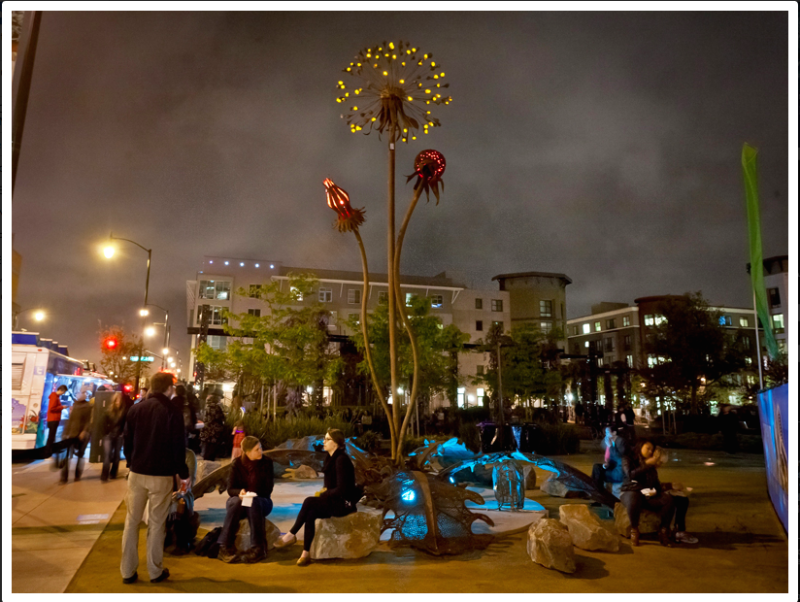Three urban planning scholars of Arizona State University and MIT have published a study critiquing the American Planning Association’s selection of “Great Neighborhoods.” The study’s writers take issue with the fact that these “great neighborhood” rankings fail to take into account affordability or social diversity, while being lauded as a definitive voice in the field. Looking at the data, it is apparent that the places the APA applauds for ‘revitalization’ may actually just be heavily gentrified.
The study finds that, over the course of 40 years (1970–2010), many of these neighborhoods’ racial profiles were completely reversed, telling us that the communities in these neighborhoods were more likely displaced rather than included in the development of these places. While this may seem like a residual effect of good development, I have to agree with the writers of this study, who argue that, “this defies a long-standing ethical principal in American city planning: that neighborhoods should be both well designed and socially inclusive.” After all, if we can see a purpose in preserving historic architecture and landmarks, shouldn’t we also see a purpose in preserving the communities and cultures that built and maintained them? In terms of affordability, housing in these neighborhoods has a median price $108,000 higher than surrounding areas. While we can all appreciate high-end housing from afar, what purpose does it really serve to promote the heavy segregation of the housing market?

In the Uptown neighborhood of Oakland — the first “Great Neighborhood” that comes up on APA’s website — Mayor Jean Quan is pushing to increase development without pushing people out using vacant land, and with an eye to keep at least 25% of new housing affordable. While this is needed, it may not be enough to prevent segregation in the area. As Robbie Clarke of Causa Justa/Just Cause told the East Bay Express, new housing “brings in businesses that cater to higher-income people. You see the neighborhood change. Landlords see the opportunity to get higher rents.”
It takes more than housing to preserve a community. Additionally, new waves of development need to support, rather than contradict, the public transportation infrastructure that boosts the neighborhood’s accessibility, and that is needed by lower-income residents. Without a doubt, housing and transportation development bleed into each other, and it takes thoughtful planning to increase, rather than stifle, diversity and affordability. Groups such as the Center for Neighborhood Technology know that these issues do not exist separate from one another and that, “creating neighborhoods with affordable housing and transportation costs requires multiple and targeted strategies and coordination within and across government agencies and the private sector.” Such initiatives recognize that transportation development supports a “healthier and more resilient” housing market, economic improvement for businesses, and the diversity needed for vibrant neighborhoods.
